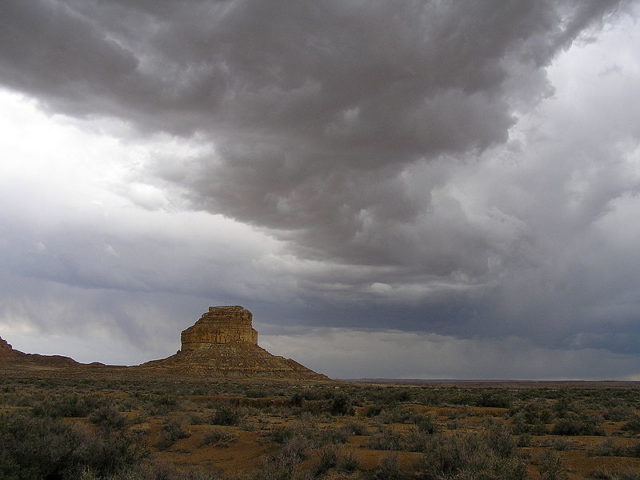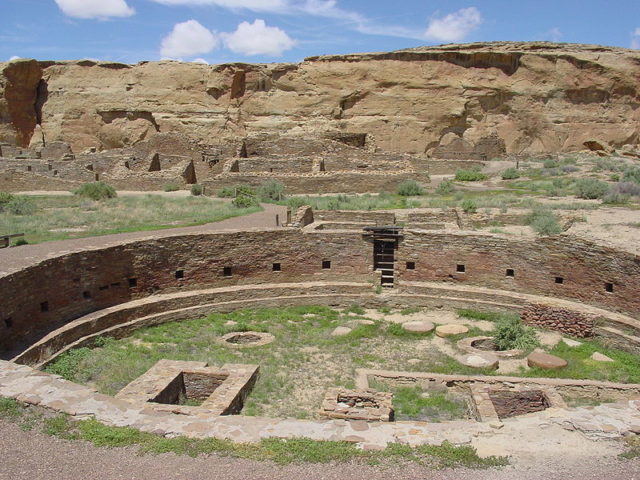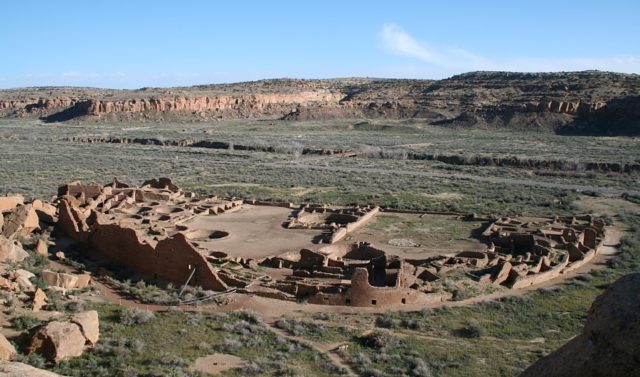The Chacoans were inhabitants of New Mexico over 1,000 years ago. Recent genetic analysis of bodies from ancient Chacoan burial chambers has revealed that social status was inherited through the female line rather than the male.
This culture has been difficult to study due to lack of a written language, but these people are thought to have established one of the earliest complex societies in North America.

The Chacoans were Pueblo – native people who lived in vast tracts of southwestern parts of the United States. The Chaco Canyon area was their cultural center. The canyon has many large buildings that were made for ceremonial or public use.
These suggest that their culture was vibrant and complex and their technology advanced. They were able to build huge, multi-story stone buildings containing hundreds of rooms using unique masonry techniques. They occupied the area between 828 and 1126 AD.

One reason historians study ancient cultures like the Chacoans is to discover how the elite lived and how power was passed down. This helps them understand why vast and complex societies rise and fall. Scientists used the DNA from the body of a 40-year-old man and thirteen bodies buried with him in the Chaco Canyon building.
The results were surprising, as most ancient societies were patrilineal – they inherited status and possessions through the male line. The Chacoans weren’t the only ones whose elite status was passed down through the mother – the Lycians in ancient Turkey had a similar society, Mail Online reported.
In studying the remains, scientists first established the age of each body and sampled the mitochondrial DNA, which is only passed along through the maternal line. Nine of the bodies were discovered to contain the same pattern, meaning they were related through the maternal line. The crypt was elaborate, indicating the high status enjoyed by the individuals buried there.

The hope is that scientists will find other burial sites and be able to obtain a clearer understanding of this maternal line and its impact on the ruling class in the city.
Further studies need to be carried out – this is only one crypt, and the results of DNA analysis could be different at other sites. But the maternal lineage already discovered will no doubt cause a stir in archaeological circles.
